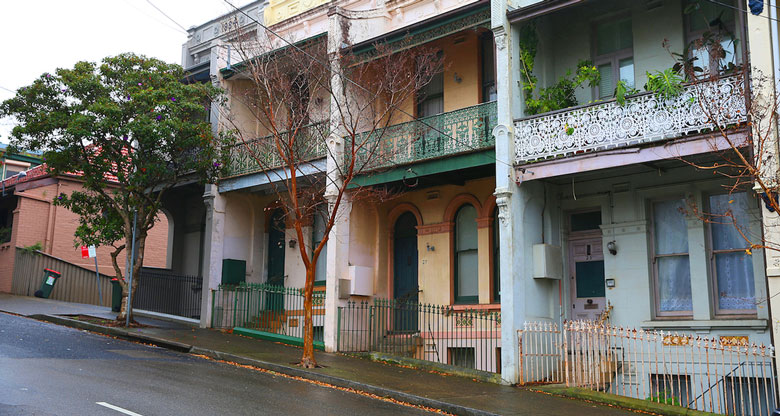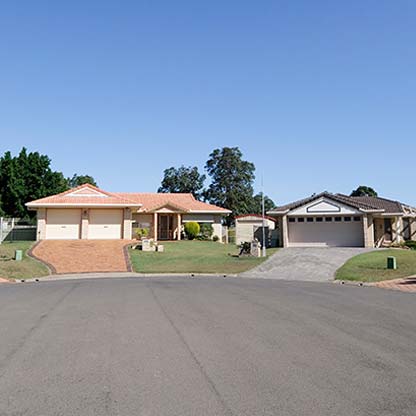National property prices went up 1.3% over November, the 14th consecutive month of growth for CoreLogic's Home Value Index but also the softest monthly outcome since January.
Brisbane and Adelaide were the strongest performers for the month, up 2.9% and 2.5% respectively, while at the other end of the scale Darwin posted a monthly fall of -0.4% and Perth's increase was only marginal.
Changes in dwelling values
| Capital city |
Month |
Quarter |
Annual |
Median value |
|---|
| Sydney |
0.9% |
4.3% |
25.8% |
$1,090,276 |
| Melbourne |
0.6% |
2.4% |
16.3% |
$788,484 |
| Brisbane |
2.9% |
7.4% |
25.1% |
$662,199 |
| Adelaide |
2.5% |
6.5% |
21.4% |
$558,179 |
| Perth |
0.2% |
0.4% |
14.5% |
$528,540 |
| Hobart |
1.1% |
5.5% |
27.7% |
$676,595 |
| Darwin |
-0.4% |
0.2% |
16.7% |
$493,047 |
| Canberra |
1.1% |
5% |
24.5% |
$882,519 |
| Combined capitals |
1.1% |
4% |
21.3% |
$783,557 |
| Combined regional |
2.2% |
5.9% |
25.2% |
$527,322 |
| National |
1.3% |
4.4% |
22.2% |
$698,170 |
Source: CoreLogic.
CoreLogic research director, Tim Lawless, said the slowdown in the pace of growth was due to a number of factors. "Fixed mortgage rates are rising, higher listings are taking some urgency away from buyers, affordability has become a more substantial barrier to entry and credit is less available," he said.
He also argued that "relative to the larger cities, housing affordability [in cities like Brisbane and Adelaide] is less pressing, there have been fewer disruptions from COVID lockdowns and a positive rate of interstate migration is fuelling housing demand.
“On the other hand, Sydney and Melbourne have seen demand more heavily impacted from affordability pressures and negative migration from both an interstate and overseas perspective,” Lawless said.
The CoreLogic report also noted capital city house prices are now almost 38% more expensive than capital city apartments – the largest difference on record. In Sydney, where the gap is at its widest, a house on average costs $523,000 more than a unit.
"With such a large value gap between the broad housing types, it’s no wonder we are seeing demand gradually transition towards higher-density housing options simply because they are substantially more affordable than buying a house," Lawless said.
CommBank Head of Australian Economics, Gareth Aird, said "on balance it is still a seller's market", noting higher supply was consistent with a recent soft downward trend in auction clearance rates.
Looking ahead, however, Aird also said that "the pendulum is slowing swinging towards buyers. Indeed we think the market will be categorised as buyer’s one by mid-2022."
Aird predicted property prices would continue to rise through the first half of 2022, but at a more modest pace.
"We look for prices to peak in late 2022 around 7% higher than end-2021 levels. We then expect an orderly correction in dwelling prices of 10% in 2023," he said.




